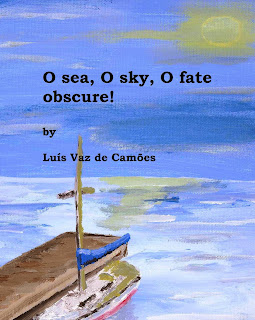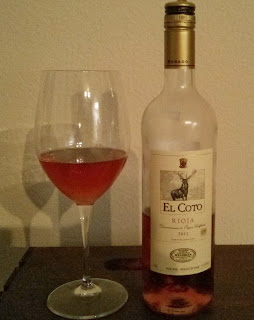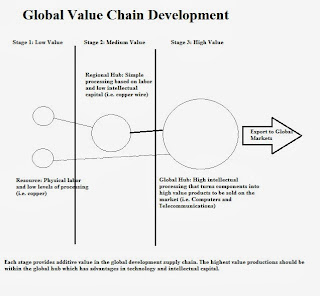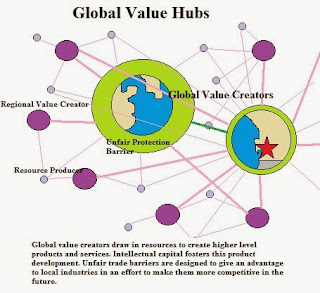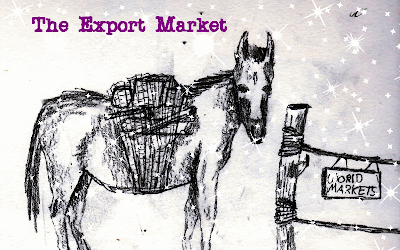In 1572 Luís Vaz de Camões published The Lusiad, or
otherwise known as The Discovery of India, about three years after his return.
As Portugal was seeking news lands and wealth they naturally came across the
culturally rich India. The author was impressed from his voyages and wrote an
epic poem about the country of Portugal.
The poem describes the Portuguese as gods among
other men. Their very existence and accomplishments of the past will lead to
their success in the future. In a way he sees his people as chosen among the
many nations of the world. This time period in which the poem was written is
seen as one of the highest times for the Portuguese culture.
Their empire building began in the early 1400’s with
the last handover of Macau in 1999. They had their hands in the Middle East,
Americas, Africa, Europe and Asia. They are seen as one of the most powerful
countries in world history. It was that perception that in WWII failed to allow
them to give up some of their colonies which led to their further decline.
Amazingly, just after the publishing of The Lusiad
the nation took a quick dive downward breaking Camoes prediction. The period of
1580 to 1640 under the Habsburg Kings saw a dismantling of their empire.
Arrogance within the society was high during this period and conflict with the
Netherlands and England found that Portuguese colonies and outposts were much
weaker than Spain’s and became prime targets.
Book V:
O thou, whom worlds to Europe yet unknown,
Are doom'd to yield, and dignify thy crown;
To thee our golden shores the Fates decree;
Our necks, unbow'd before, shall bend to thee.
Wide thro' the world resounds our wealthy fame;
Haste, speed thy prows, that fated wealth to claim.
From Paradise my hallow'd waters spring;
The sacred Ganges I, my brother king
Th' illustrious author of the Indian name:
Yet, toil shall languish, and the fight shall flame;
Our fairest lawns with streaming gore shall smoke,
Ere yet our shoulders bend beneath the yoke;
But, thou shalt conquer: all thine eyes survey,
With all our various tribes, shall own thy sway.
Are doom'd to yield, and dignify thy crown;
To thee our golden shores the Fates decree;
Our necks, unbow'd before, shall bend to thee.
Wide thro' the world resounds our wealthy fame;
Haste, speed thy prows, that fated wealth to claim.
From Paradise my hallow'd waters spring;
The sacred Ganges I, my brother king
Th' illustrious author of the Indian name:
Yet, toil shall languish, and the fight shall flame;
Our fairest lawns with streaming gore shall smoke,
Ere yet our shoulders bend beneath the yoke;
But, thou shalt conquer: all thine eyes survey,
With all our various tribes, shall own thy sway.
Other Reading:
